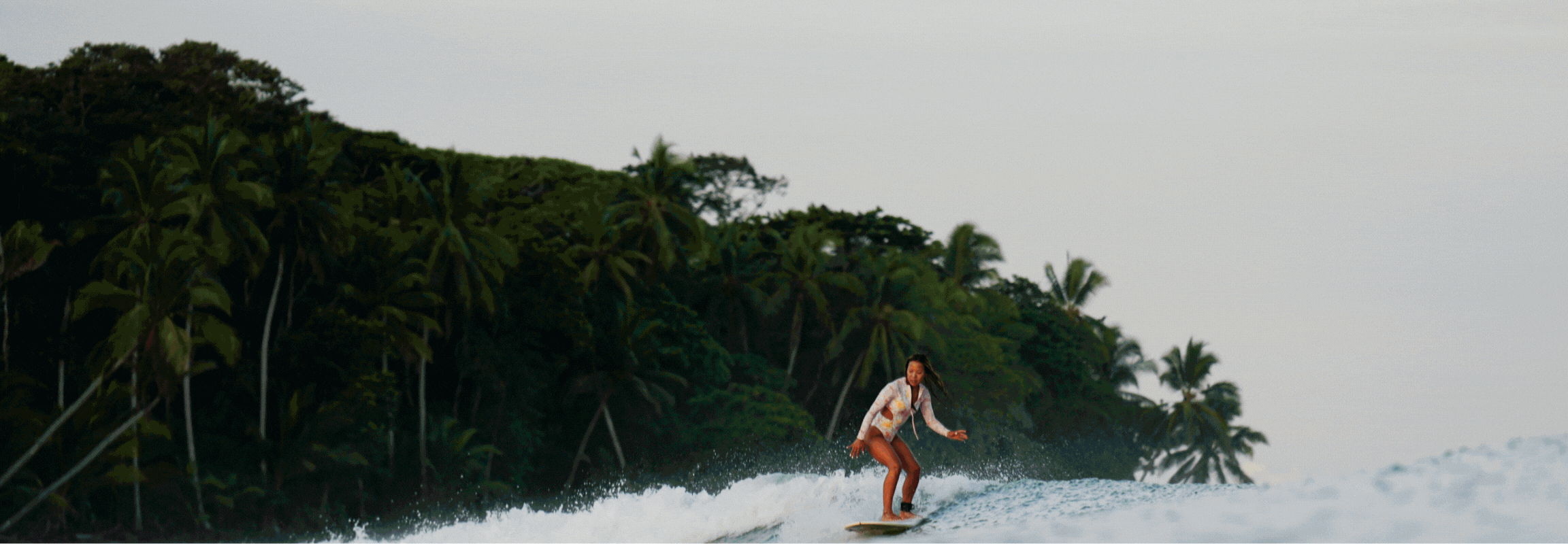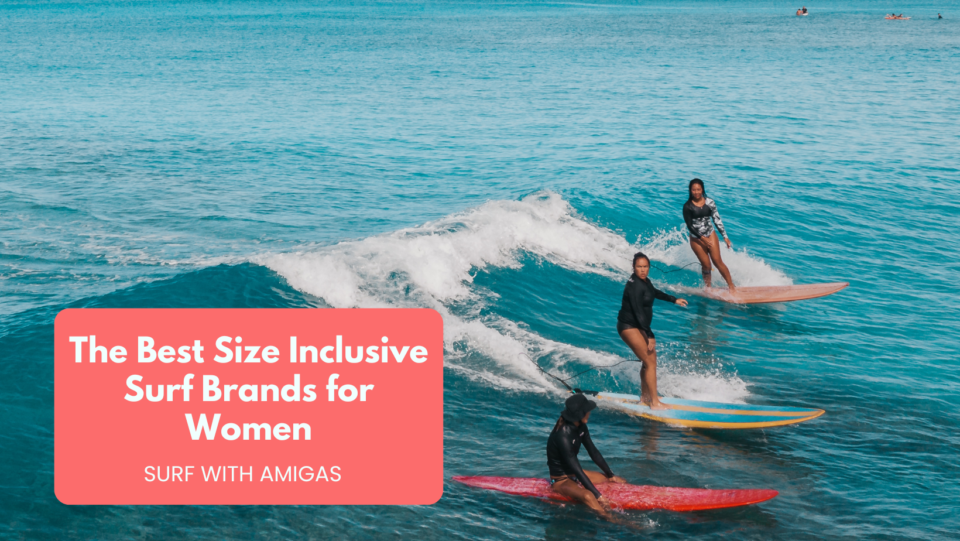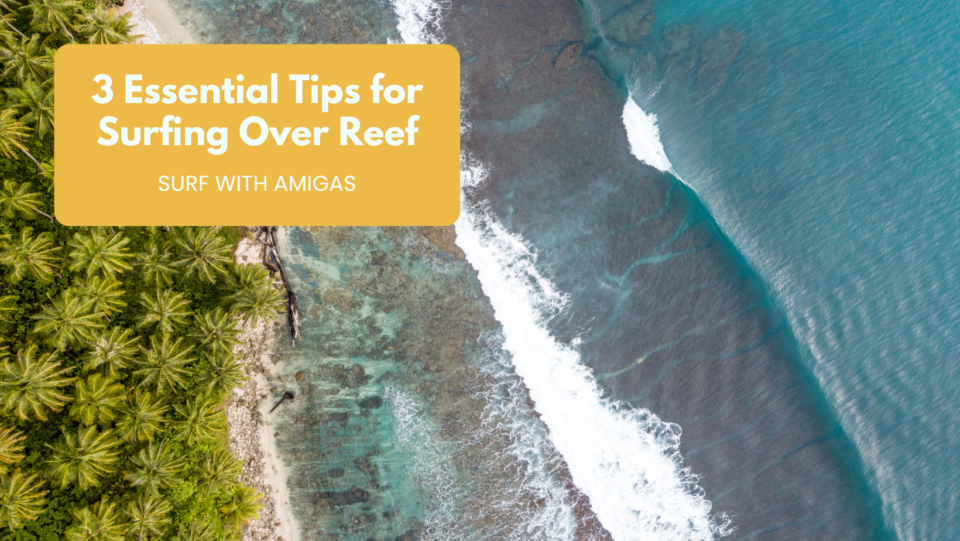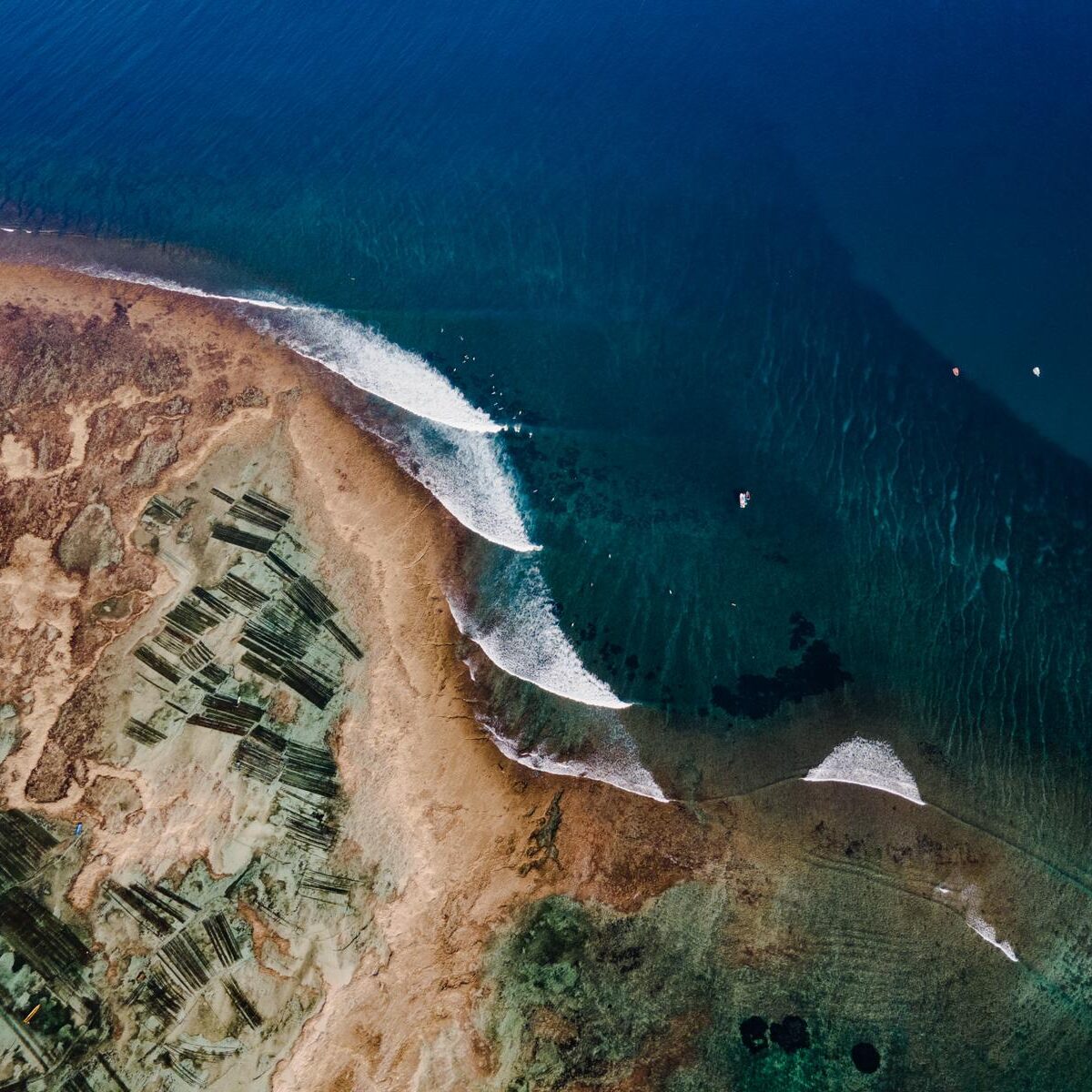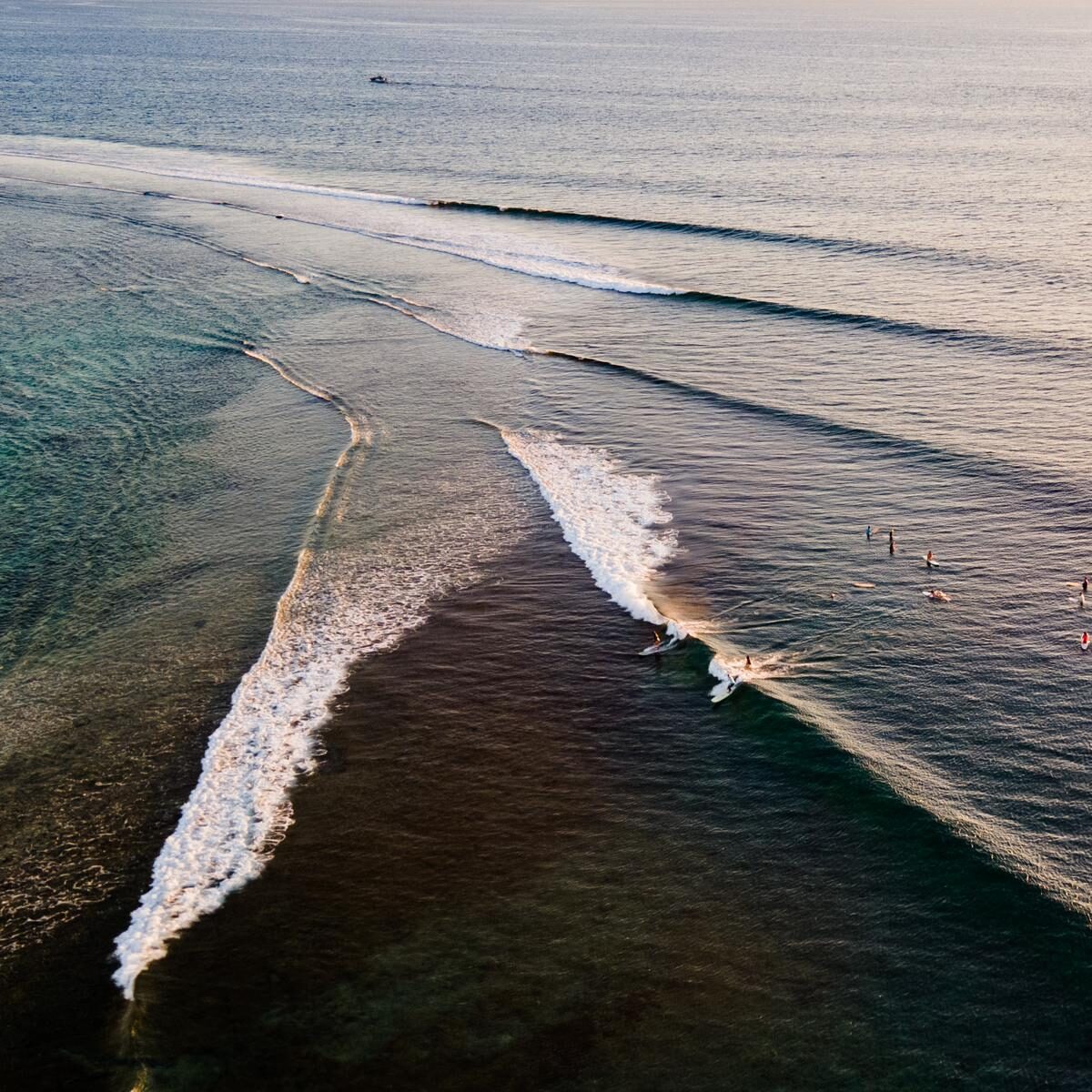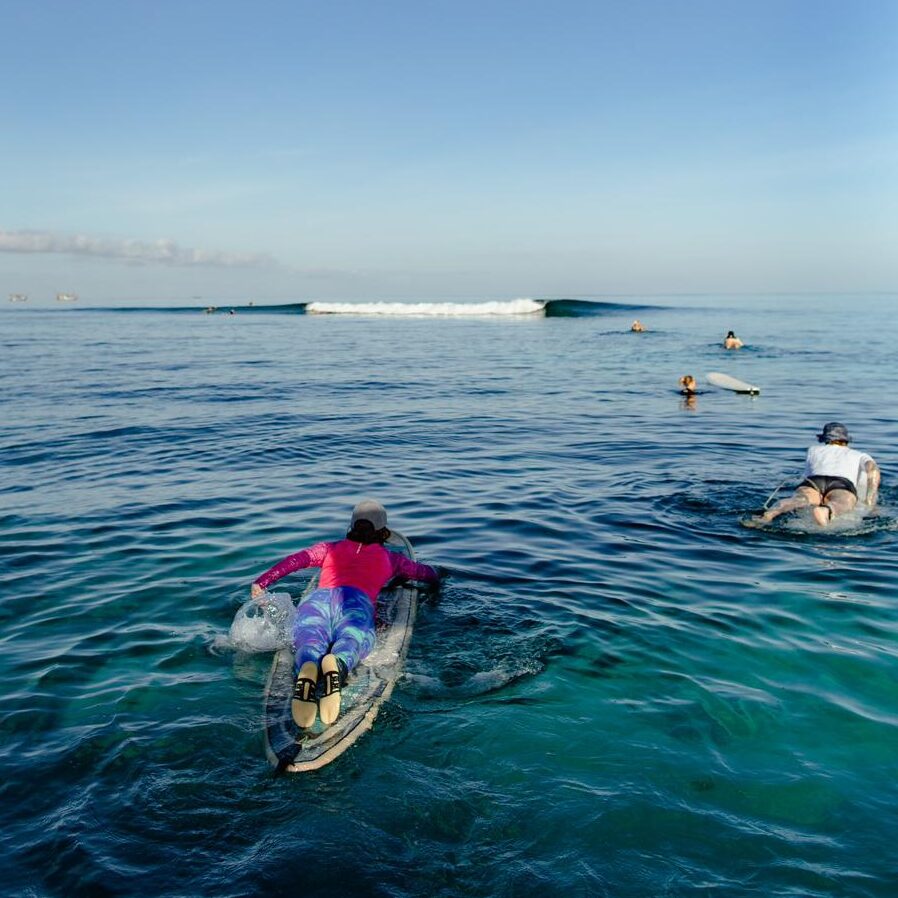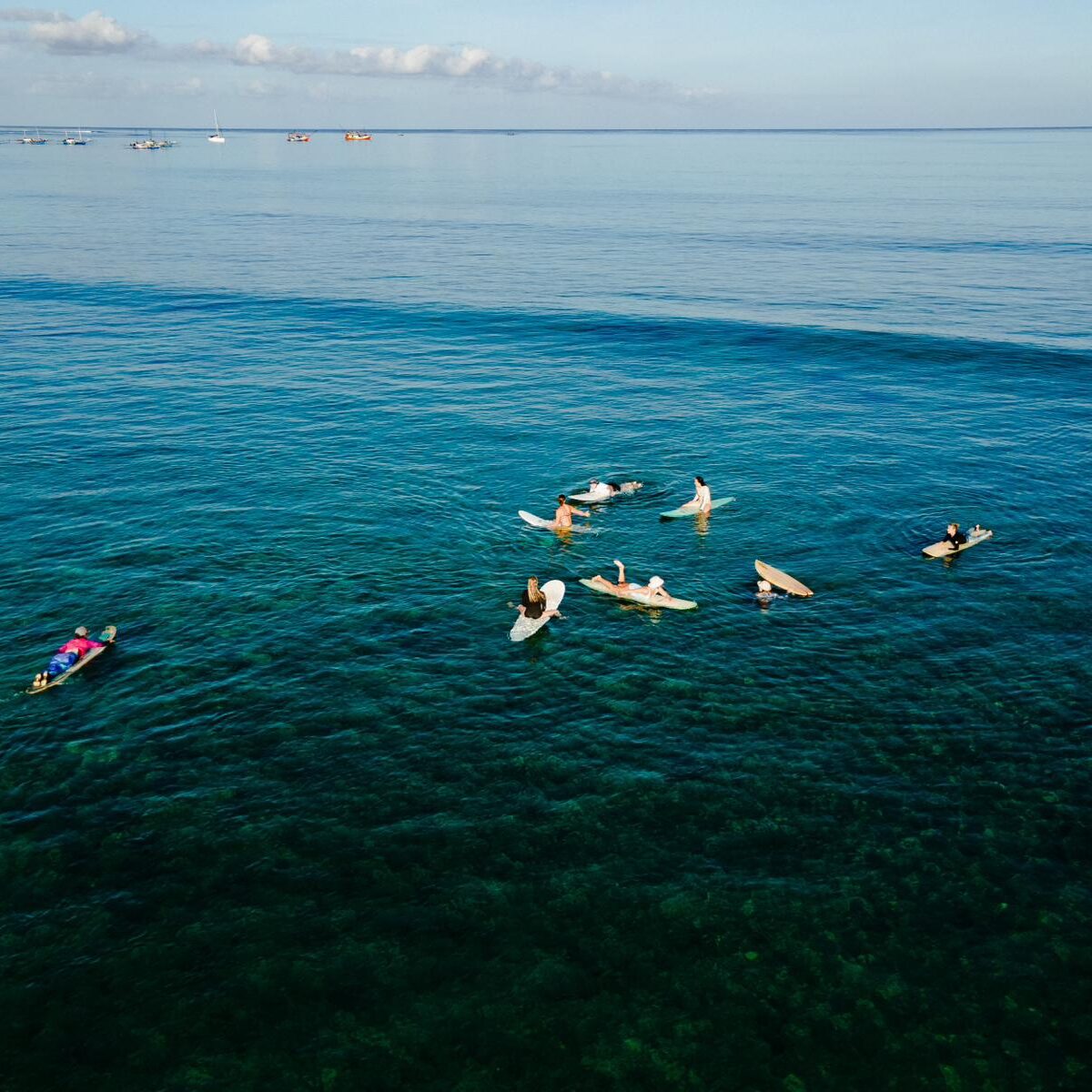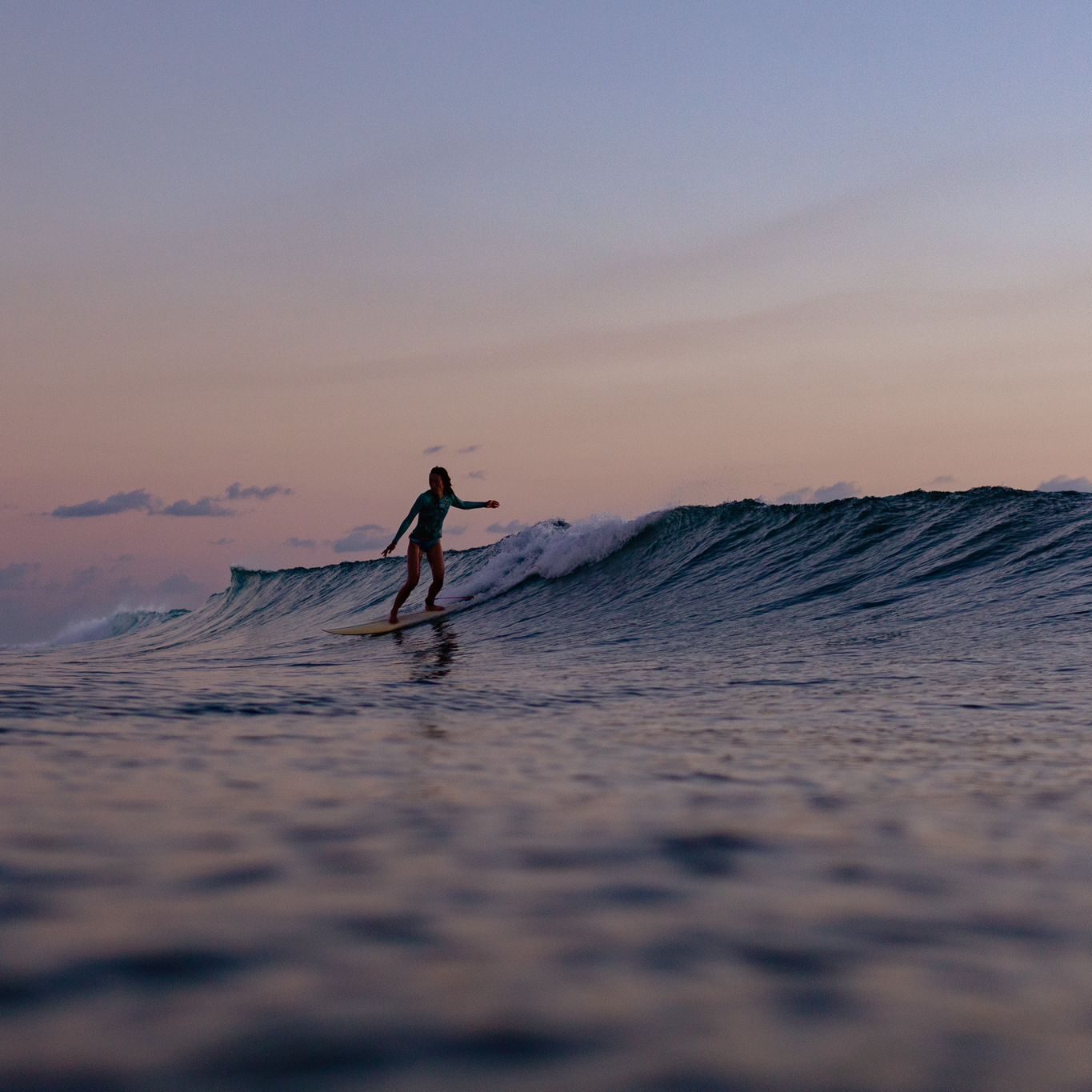Starting a surf journey can be both exhilarating and intimidating, especially if you don’t fit the traditional surfer image often portrayed in the media. However, the ocean is for everyone, and embracing your unique self is part of the adventure.
Here, we’ll discuss some fantastic size-inclusive bikini and wetsuit options, along with a few essential beginner surf tips from an Amiga who’s joined us on many Surf With Amigas retreats, Maddie Stone.
Bikinis
Left on Friday: Left on Fridays goes up to a size XXL, and have comfortable, cute and supportive tops!
Carve Designs: Carve Designs offers XL sizing in rash guards and their leggings and are great quality.
Swimsuits For All: Known for its wide range of sizes and stylish designs, these suits are perfect for active water sports like surfing, providing both support and style.
Curvy Kate’s Swimwear: With a focus on fuller busts and a variety of trendy designs, Curvy Kate offers supportive and flattering options for plus-size surfers.
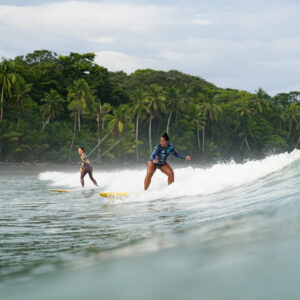

Wetsuits
Finisterre: This European company is our top wetsuit recommendation from our Amiga Maddie Stone. They have sizes that go up to a US women’s 22. This is one of the largest size ranges for wetsuits we’ve found! They also offer custom wetsuits, and have great neoprene jackets and tops.
Xcel Axis Long Sleeve Front Zip Wetsuit: Available in extended sizes, this wetsuit provides flexibility and warmth, ideal for surfing in cooler waters!
Rip Curl Dawn Patrol Plus-Size Wetsuit: Designed specifically for women with curves, this wetsuit combines comfort, performance, and durability.
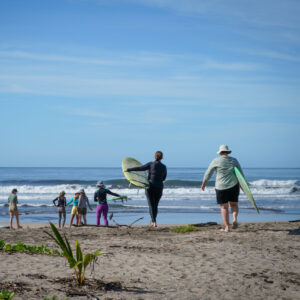
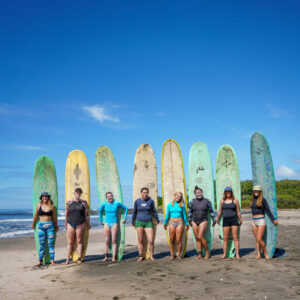
What to Remember When Starting Your Surf Journey
Embarking on your surf journey is an exciting step. But it’s easy to feel discouraged, overwhelmed, or imposter syndrome, especially if you don’t feel like you identify with surfer stereotypes. On one of our latest episodes of Second Breakfast, Maddie Stone explains an her early experience that left her feeling disappointed:
“I went to Costa Rica and I signed up for a lesson and the guy brought a board and hadn’t asked height or weight or anything. And at that time, I didn’t know enough to know, I should put this out there proactively. And we show up, we’ve driven to a beach to meet and he pulls out a seven foot board, which, for me was not going to float me. I was not gonna catch any waves on that, especially at such a beginner level. It’s not only an inclusion type of thing, but it’s legitimately making the sport even harder to do. ”
Keeping that story in mind, here are some tips to help you get started on the right foot:
Finding the Right Instructor
Look for Experience and Patience: Choose an instructor who has experience teaching surfing at ALL LEVELS and demonstrates patience and understanding with years of experience underneath their belt. Personal recommendations or reviews can be very helpful in finding the right fit. Try finding a private lesson with a local instructor so you can get the attention and insight you deserve!
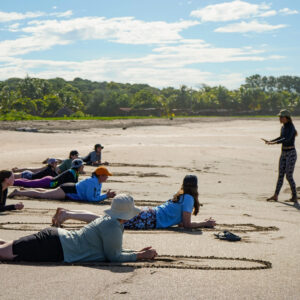
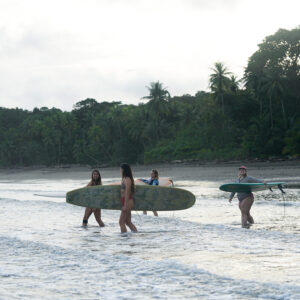
Self-Advocate and Choose the Right Waves
Advocate for Yourself: Do some research before your lesson, or go to a local surf shop and ask questions! (board and break recommendations, etc.). We always say, size matters when it comes to boards! Especially when you’re starting out, bigger is often better.
Start Small: Begin with smaller, gentler waves that are more forgiving for beginners. This helps build your confidence and skills without the intimidation of larger waves.
Stay True to Yourself and Positive: Remember that everyone’s surf journey is unique. Celebrate your progress, no matter how small, and avoid comparing yourself to others. Surfing can be challenging, and there will be ups and downs. Keep a positive mindset, and remind yourself that perseverance is key! Most importantly, stay true to who you are and what you enjoy. If certain aspects of surfing culture don’t resonate with you, allow yourself to focus on the parts that do.
Embarking on your surf journey, especially when you feel like you look different or don’t identify with different aspects of the industry, can be an incredibly challenging but rewarding process! Remember that perseverance can be a powerful statement of self-love and confidence. With the right gear, guidance, and mindset, you can ride the waves and experience the joy and freedom that surfing brings. Remember that the ocean is for everyone.
